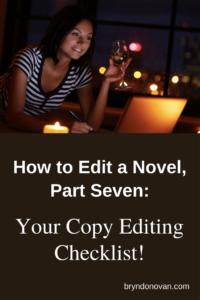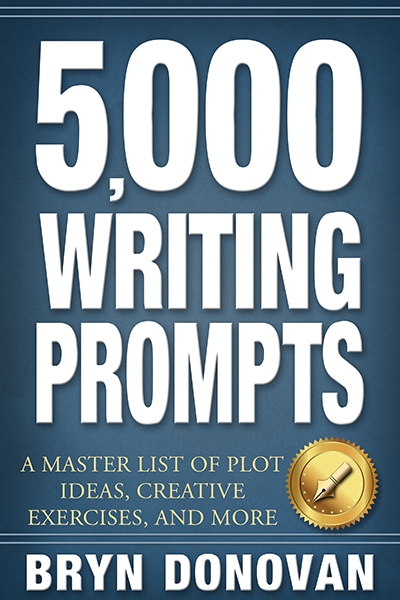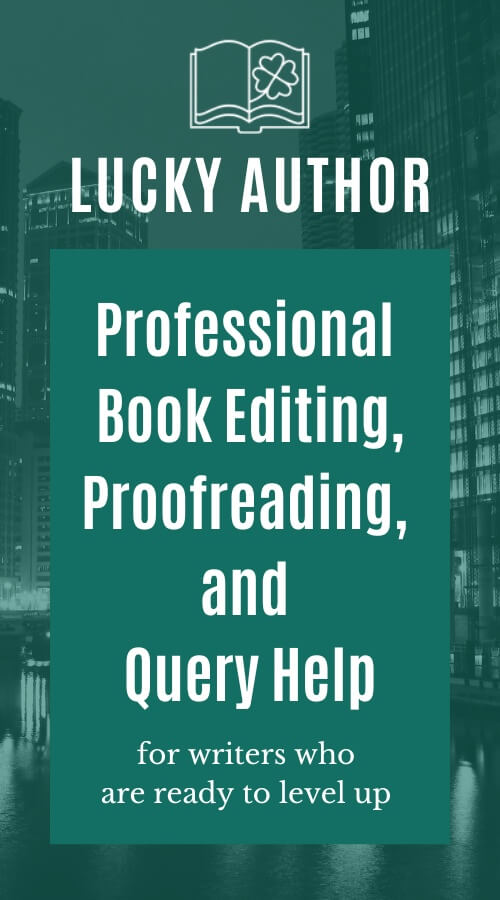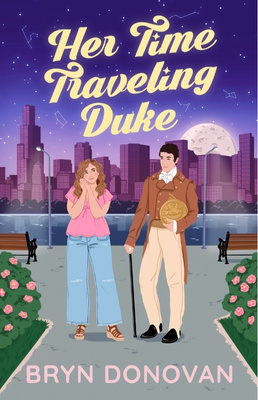
This content is protected against AI scraping.
Hi, everyone! This is the last in a 7-part series about how to rewrite, revise, and edit a novel. I love editing a book, but many people find it overwhelming. However you approach it, the key is to break it down step by step.
We’ve talked about clarifying your character arcs, fixing your pacing, increasing your story’s impact, fine-tuning speech and behavior, and the crucial and sometimes scary step of getting feedback from beta readers.
From a copy editing standpoint, we’ve looked at the big stylistic issue of handing dialogue tags.
Today I’m going to share a checklist for smoothing out your writing style even more! Every manuscript has its own strengths and weaknesses, and I can’t promise that if you do all this, you’ll have perfect prose. I can promise that you’ll have much better prose!
Let’s dig in!

1. Check your chapter breaks.
You may have already done this, but if you haven’t, take a look at it now. Do the endings of each chapter make you want to keep reading? Is there a better place to break it? Do you have any very short or very long chapters, and if so, would it be better if you broke things up differently?
2. Identify, search for, and eliminate or replace many of your “crutch” words and phrases.
Admittedly, this is tricky, your editor at a publishing house (or the editor that you hire before self-publishing) will do a better job of catching these. Everyone has different words and phrases that they often don’t need, but that they use again and again anyway. Some of the likely suspects are:
just
so
that
a little
almost
very
really
well
okay
as
suddenly
nearly
clearly
though
although
started to
there is
there are
One way to identify your over-used words is to paste a chapter at a time into a word frequency counter like this one. Please note, however, that there are some words that every writer uses a lot (“the,” “a,” “he,” and “she” come to mind), and that’s fine.
3. Identify, search for, and eliminate or replace many of your over-used descriptions, facial expressions, and gestures.
If your characters nod so much that they could be mistaken for bobbleheads (I’ve had this problem before), or you talk about someone’s “chocolate brown eyes” in four different places, you’re going to want to change things up. In some cases, you can just cut the phrase, and in other places, you’ll want to do something else.
A word frequency counter app can help with this one, too. If you’ve used “sigh” three times in a chapter, for instance, there is probably too much sighing going on.
[AdSense-B]
4. Identify and correct most instances of passive voice.
The passive voice is when the object of the action is the subject of the sentence.
This is the passive voice:
He was hit in the head by a pirate.
This is the active voice, which is usually preferred because it’s more energetic:
A pirate hit him in the head.
Now, let’s be clear: there are going to be times when you want to use the passive voice because it’s clearer or because it makes a great-sounding sentence.
How do you find instances of the passive voice? You can search instances of “was” and read the sentence. Not every sentence with “was” in it is passive voice!
Passive voice:
He was hit in the head by a pirate.
Active voice:
He was in pain.
Even though that second one is in active voice, it’s weak writing. That takes us to the next one:
5. Identify and replace weak verbs.
Was, had, felt, and seemed are often weak verbs.
You don’t need to avoid them completely. If you eliminated all instances of “was,” in particular, your manuscript would sound bizarre.
However, wherever you use them, I recommend considering whether there’s a better way to express yourself.
Instead of:
He was in pain.
or
He had a headache.
It might be better to write something like:
His head throbbed.
[AdSense-B]
6. Identify and fix any breaks in point of view.
You can read all about point of view and “head hopping” here.
7. Cool it with the exclamation points.
You may not be the kind of writer who over-uses these, but if you are, you want to go back and chill out in some places. If you’ve put multiple exclamation points anywhere (besides an email, letter, text, or so on), take it down to one exclamation point… otherwise, you’re going to look amateurish. While you’re at it, eliminate any words you’ve put in all capital letters.
Do you think this is going to be helpful? Are there other things you always have to fix in editing? Let me know in the comments!
Thank you so much for reading this series. If you don’t want to miss future posts about writing, be sure to follow the blog, if you aren’t already — there’s a place to sign up below. Happy writing, and have a great week!







Thanks for the editing tips, Bryn. I’ve queued up a link for my next Write it Wednesday.
This is very belated, but THANK YOU! As always 🙂 I really appreciate the signal boost!
Awesome series for editing. I enjoy editing but I have one or two stories I find difficult to edit because I’m so in love with them and, therefore, too close to them lol. But, maybe those series can help me with them. Thank you, Bryn.
Aw thanks, KC. I really appreciate the kind words! (And sorry I’m so late in replying!)
Thanks for this great series. I see a lot of books on writing (and a near infinite number of books on marketing) but too few on revision and editing.
Robert, thanks so much, and thank you for reading! I agree — there’s not enough out there on editing, and it’s the messiest part!
Very good post. Usually I do well on the “crutch word” problem, but my most recent work I suffered a massive infestation (a friend calls them ‘weasel words’). It didn’t help that the language was Medieval and so restricted my word/phrase choice for saying what needed to be said. It took a long time to winnow those down (without creating other similar problems in the process).
I laughed at “a massive infestation” — and at “weasel words,” too! It’s always a struggle for me. I get a few under control, and others pop up, haha. But hey, that’s what editing is for!
Thank you so much for this series, Bryn. It’s been insightful and incredibly helpful – even a little daunting in places, but that’s what pushing ourselves as writers is all about. Thank you for the link to the word counter, too; it helps us put our prose under the microscope, and for good or ill, the numbers never lie. Love your blog to bits!
Lisa, thank you so much for the kind words! It means a lot. 🙂 I know that no two writers will approach editing differently, but I hope this at least helps people think about how to break down a big editing job into manageable smaller jobs. Thank you for reading!
I like that you suggest correcting most instances of “was” and other indispensable words. And thanks for the reminder about looking at chapter breaks. One thing about some of the “crutch words,” however: it’s okay to have them in dialogue, since so many actually appear in the way people talk — okay, really, so, just, etc. Purging these words from dialogue might make it sound weird or stilted.